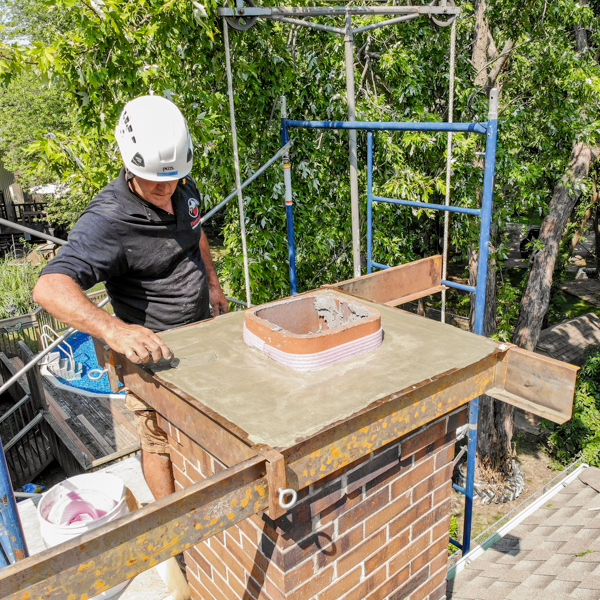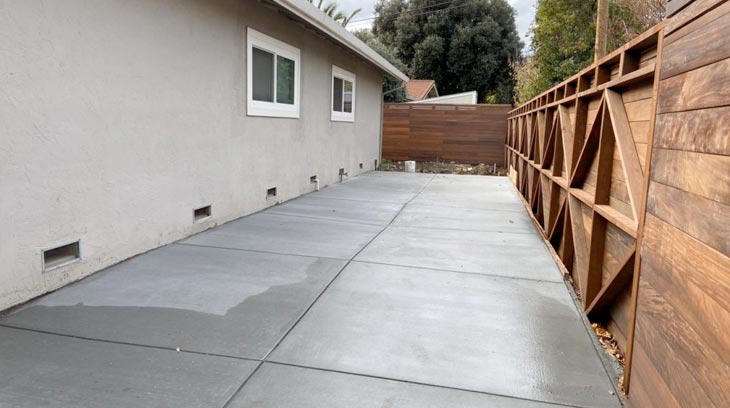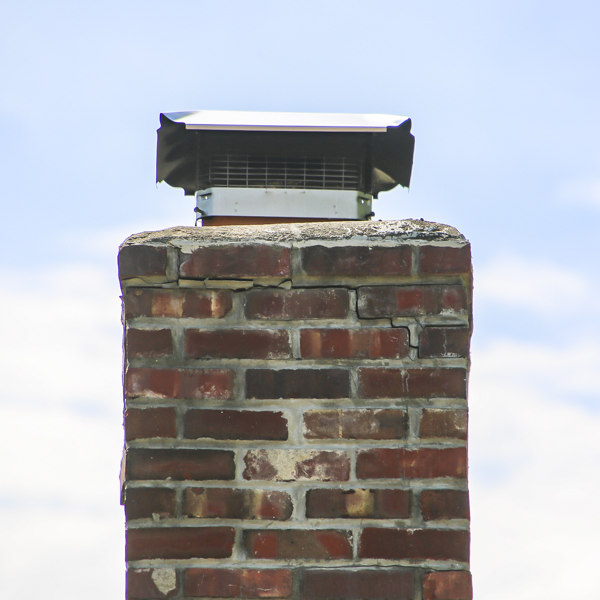How Chimney Flashing And Cap Repair can Save You Time, Stress, and Money.

The brand-new mortar should be and (determined in compressive toughness) than the historic mortar. (Gentleness or hardness is not necessarily an indicator of leaks in the structure; old, difficult lime mortars can still retain high permeability.) This mortar is the proper uniformity for repointing historical brick. Picture: John P. Speweik. Approaches for evaluating mortars can be separated right into two wide categories: and.
The acid liquifies all the carbonate-containing minerals not only in the binder, but likewise in the aggregate (such as oyster shells, coral reefs sands, or various other carbonate-based materials), in addition to any type of various other acid-soluble materials. The sand as well as fine-grained acid-insoluble product is left. There are a number of variants on the simple acid food digestion test.
Straightforward acid digestion methods are rapid, low-cost, and simple to execute, yet the details they provide regarding the original structure of a mortar is limited to the color and appearance of the sand. The gas collection approach provides more details about the binder than a straightforward acid food digestion test. analysis approaches that have been utilized to examine mortars consist of polarized light or thin-section microscopy, scanning electron microscopy, atomic absorption spectroscopy, X-ray diffraction, as well as differential thermal evaluation.
See This Report about Patio Installation
Historic mortars were not prepared to narrowly defined requirements from products of consistent top quality; they contain a large selection of locally derived materials integrated at the discernment of the mason. While a certain method may be able to properly establish the initial proportions of a lime-cement-sand mortar prepared from modern-day products, the effectiveness of that approach for reviewing historical mortars is doubtful unless it has been checked versus mortars prepared from products more commonly utilized in the past.
It is an usual mistake to think that hardness or high strength is a measure of appropriateness, particularly for lime-based historic mortars. Tensions within a wall brought on by expansion, contraction, moisture movement, or settlement should be accommodated in some manner; in a stonework wall surface, these anxieties must be eased by the mortar as opposed to by the masonry units.
High lime mortars are more absorptive than denser concrete mortars. Historically, mortar functioned as a bed linens materialnot unlike a development jointrather than a "glue" for the masonry devices, and also wetness was able to migrate through the mortar joints instead of the masonry units. When wetness vaporizes from the masonry it deposits any type of soluble salts either on the surface area as efflorescence or listed below the surface area as subflorescence.
See This Report on Step Repair
If the mortar does not permitmoisture or moisture vapor to migrate out of the wall as well as evaporate, theresult will be damages to the masonry units. Sand is the biggest part of mortar as well as the material that provides mortar its distinctive shade, texture and also cohesiveness. Sand must be without impurities, such as salts or clay.


The Buzz on Chimney Sweep
For repointing, rose city concrete should adhere to ASTM C 150. White, non- tarnishing portland concrete might provide a better color suit for some historical mortars than the more generally offered grey rose city concrete. It ought to not be thought, nevertheless, that white portland concrete is always appropriate for all historical buildings, since the initial mortar might have been mixed with grey cement.
Consequently, they usually are not advised for usage on historical masonry structures. Moisturized lime mortars, and pre-blended lime putty mortars with or without a matched sand are readily available. Custom mortars are likewise readily available with color. In the majority of instances, pre-blended lime mortars having sand may not supply an exact match; nonetheless, if the job asks for total repointing, a pre-blended lime mortar might be worth taking into consideration as long as the mortar is compatible in stamina with the stonework.
In either case, if a preblended lime mortar is to be used, it should contain Type S or SA hydrated lime satisfying ASTM C 207. Water must be potableclean and also devoid of acids, alkalis, or various other dissolved natural materials. Along with the shade of the sand, the structure of the mortar is of crucial value in replicating historical mortar.
Things about Patio Installation
The usage of antifreeze compounds is not suggested. They are not really effective with high lime mortars as well as might introduce salts, which may trigger efflorescence later.
For repointing, lime must adjust to ASTM C 207, Type S, or Kind SA, Hydrated Lime for Masonry Purposes. This machine-slaked lime is created to ensure high plasticity and water retention. Making use of quicklime which have to be slaked and visit their website soaked by hand might have benefits over hydrated lime in some reconstruction projects if time and also money permit.
For repointing, portland concrete ought to adapt ASTM C 150. White, non- tarnishing rose city cement may provide a much better color suit for some historical mortars than the extra typically offered grey portland cement. It must not be presumed, nevertheless, that white portland cement is always appropriate for all historic buildings, considering that the initial mortar may have been blended with grey concrete.
Get This Report on Tuckpointing
Consequently, they usually are not advised for usage on historic masonry buildings. Hydrated lime mortars, and pre-blended lime putty mortars with or without a matched sand are commercially offered. Customized mortars are additionally available with shade. In the majority of instances, pre-blended lime mortars consisting of sand might not provide a precise match; nevertheless, if the task requires complete repointing, a pre-blended lime mortar might deserve taking into consideration as long as the view mortar works in stamina with the masonry.
In either instance, if a preblended lime mortar is to vertical concrete stamps for sale be utilized, it should have Kind S or SA hydrated lime conforming to ASTM C 207. Water ought to be potableclean and also without acids, antacid, or other liquified organic materials. Along with the color of the sand, the structure of the mortar is of vital importance in duplicating historical mortar.
Selection of admixtures must be made by the architect or architectural conservator as component of the specifications, not something regularly included by the masons. Typically, modern-day chemical ingredients are unnecessary and also may, as a matter of fact, have detrimental impacts in historical masonry jobs. Making use of antifreeze substances is not recommended. They are not extremely reliable with high lime mortars and also might present salts, which may cause efflorescence later.
Comments on “7 Simple Techniques For Chimney Flashing And Cap Repair”